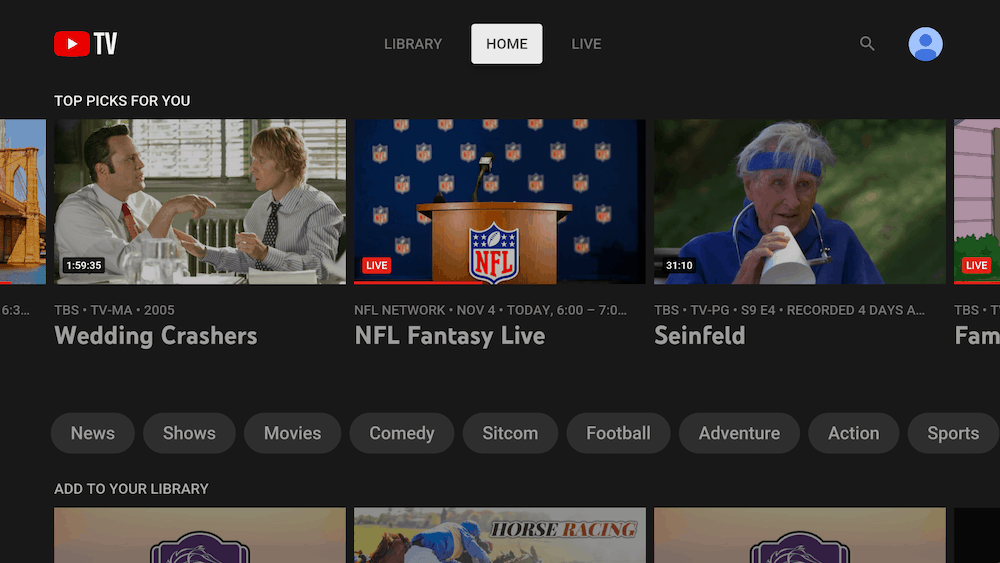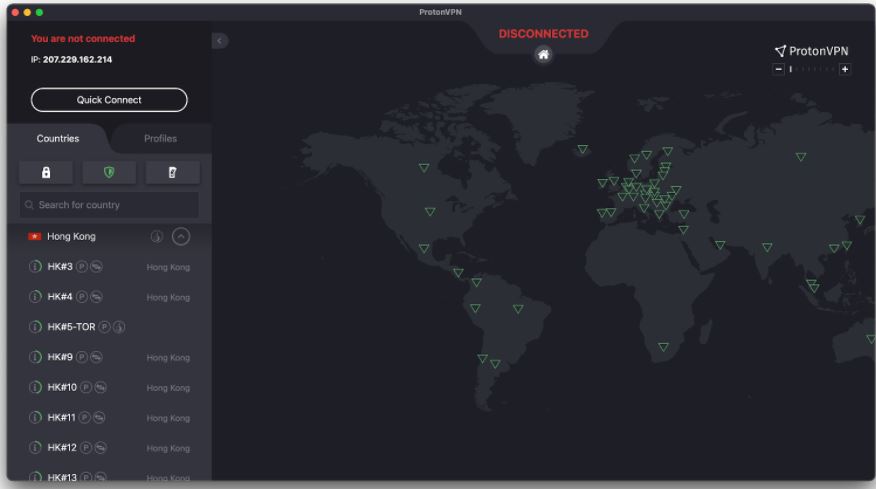You probably don’t hear too many stores about viruses on Roku, Android TV, Fire TV, and other streaming devices. But streaming devices are just computers, and all computers can get viruses, right?
In this article, we’ll look at how common viruses are on streaming devices, what you can do to protect yourself from them, and what to do if you think your streaming device has a virus.

How Common Are Streaming Device Viruses?
Let’s start with the good news: Viruses on streaming devices are much less common than on desktop and laptop computers. If you stick with apps from your device’s default app store, there is virtually no chance that you will have to worry about viruses. You do, however, need to exercise caution when using apps from third-party sources.
The amount of potential danger varies depending on the type of device you have, so let’s look at a few common examples.
Should You Be Worried About Roku Viruses?
Viruses for Roku devices are very rare, especially if you stick to using only official Roku channels. The biggest risk comes if you start using private channels or sideloading your own channels. These channels can be safe, but you should only install and use them if they come from a trustworthy source.
Should You Be Worried About Android TV Viruses?
Android TV uses a version of the Android operating system, which has had problems with viruses in the past. As with Roku, though, you are safe as long as you stick to the standard app store — the Google Play store, in this case. When you start downloading apps from other app stores or manually installing apps, you do risk accidentally installing a virus-infested app.
Compared to Android phones, Android TV devices are mostly safe, even if you are using third-party apps. Viruses that were created for Android phones or tablets don’t generally work on Android TV devices, so you mostly just have to worry about viruses designed specifically for Android TV. There also aren’t that many Android TV-specific viruses because the devices aren’t that interesting of a target for hackers.
Should You Be Worried About Fire TV Viruses?
Fire TV viruses are rare. Back in 2018, there were some concerns because of a worm called ADB.miner that was known to infect Android devices, including the Fire TV. The worm would take over the computing power of any device it infected, using that power to mine cryptocurrency. This resulted in a slowdown and eventual overheating of the infected device.
That example was not intended to worry you so much as to give you some idea of the rarity of these events. I had to go back three years to find a real example of malware that infected any significant number of Fire TV devices. As long as you are cautious about sideloading apps from untrustworthy sources, you will likely be fine.
Can Fire TV Be Hacked?
Aside from downloading a virus-infected app, the main way that your streaming device can become infected with malware involves remote hacking. Fire TV, in particular, became a focus of hacking concerns after the ADB.miner worm.
With their default settings, Fire TVs are incredibly secure against hacking because they don’t leave any ports open. Think of a port as a door into your system — without any open doors, hackers can’t get in.
Although most ports on Fire TV devices never get opened, there is one important exception, and it’s the one that ADB.miner exploited. If you have installed any software that wasn’t on the Amazon app store — a process known as sideloading — you would have had to turn on a feature called ADB Debugging in your settings.
ADB Debugging works by opening a port on your device, and that port can then be used by hackers as an attack vector. There’s no reason to leave that port open when you aren’t using it, so you should turn off ADB Debugging as soon as you are done with it. Once it is turned off, the port is closed and your Fire TV is secure.
Here’s how you can turn off ADB Debugging and secure your Fire TV:
- Go to Settings and Device
- Continue to Developer Options
- Select ADB Debugging and make sure it is turned off
Avoid Buying Jailbroken Streaming Devices
If you want to avoid viruses on your streaming device, the most important rule is to never buy a previously jailbroken device. These are a much more common source of malware than third-party apps, and the malware attached to them is often more dangerous.
As part of their Fishing in the Piracy Stream study, Digital Citizens Alliance investigated several jailbroken devices that were sold on eBay, Craigslist, and Facebook Marketplace, and they found that many of those devices were infected with malware. The malware found on these devices was able to steal user names and passwords, probe for ways to breach the user’s network, and secretly upload user data to the internet.
You can still safely jailbreak your own device; just be sure to follow instructions from a reliable source. For example, you can use our guide to jailbreak your Fire TV devices. Since you control what apps you install and where you install them from, this process does not involve nearly the same level of risk as purchasing a previously jailbroken Fire TV or other streaming devices.

How Can You Tell if Your Streaming Device Has Malware
The main symptoms of malware on a streaming device are:
- Slowdown or lag when executing commands or navigating the menu
- Crashing or freezing of apps or the entire device
- Device overheating to the point where it is obviously hot to the touch
- The appearance of an app you didn’t install, typically with the default android icon
Those first three symptoms don’t necessarily mean that your device is infected. Before you worry too much, you should check for updates and restart your device. If the symptoms go away, it probably wasn’t a virus. You should also determine whether the problem is due to Wi-Fi connection issues or a problem with your internet speed before worrying about viruses and malware.
That last symptom is a much worse sign though. If you see an app that nobody in your household installed, that is a very strong indicator that your device is infected.
You probably won’t see any of these symptoms if you bought a previously jailbroken device, even if it is heavily infected. The malware on those devices is much more difficult to detect, which is part of what makes them so dangerous.
What to Do if Your Streaming Device Has a Virus
The rarity of malware on streaming devices means you are almost certainly safe, but it also means that there aren’t a lot of ready-made solutions for when you do get a virus.
If you have a virus or other malware, your best move is to do a factory reset of your device. This will wipe all of the data from your device, so you’ll lose all of your apps and settings. More importantly, though, the malware will be deleted. Recovering your settings is frustrating, but the peace of mind is absolutely worth it.

Streaming Devices Are Safe, Especially With a VPN
Streaming device viruses are very rare, but they do exist. Fortunately, the main app stores on each of the major streaming devices offer safe ways to download all of your favorite apps. If you decide to use third-party apps, just be careful to stick to trustworthy sources. Most importantly, although you can jailbreak a device safely, you should never buy a previously jailbroken device.
If you follow all of this advice, you are most likely safe from viruses and malware on your streaming devices, but there are steps you can take for added security. In particular, the best way to beef up the security and privacy on your streaming device, as with any of your devices, is to use a VPN.
